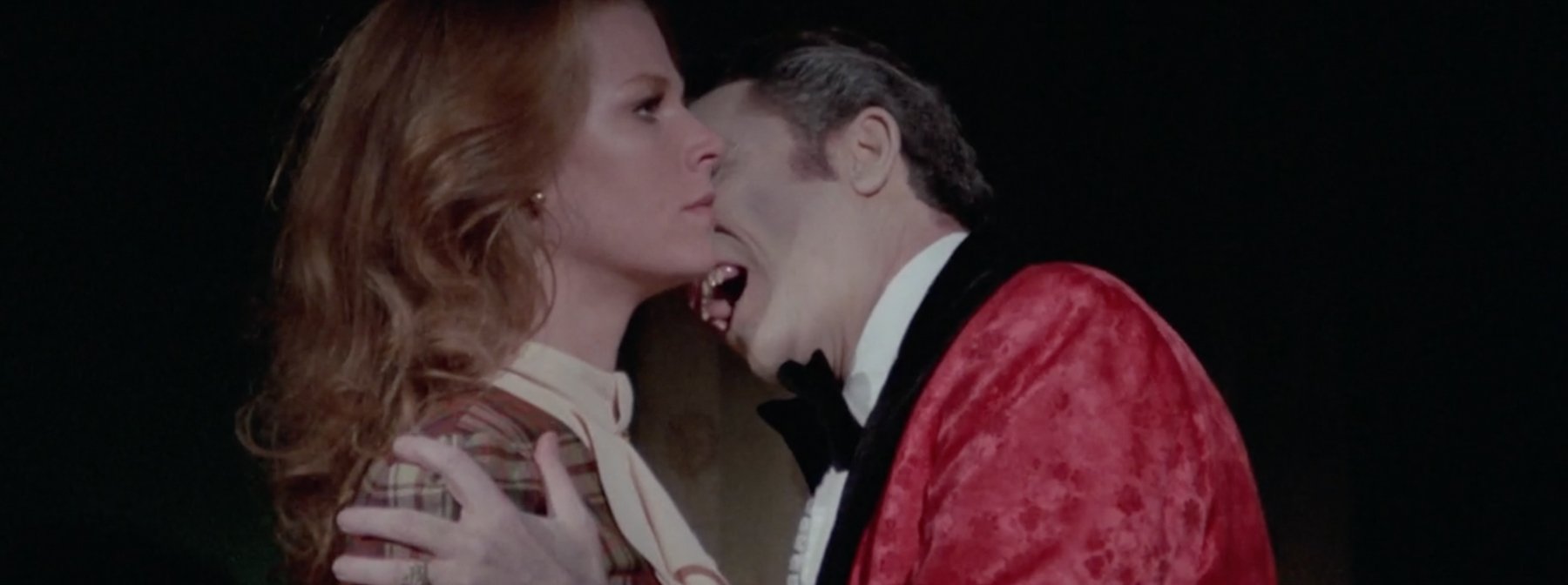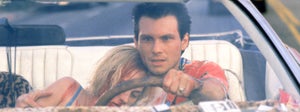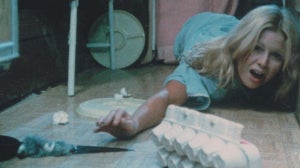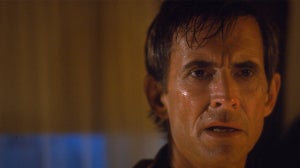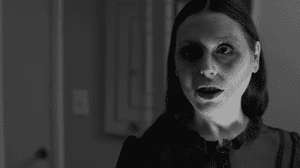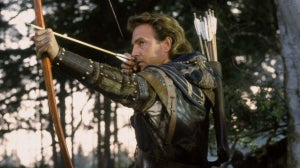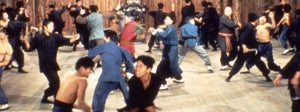
The upcoming re-release of the newly presented Count Yorga, Vampire (1970)/Return of Count Yorga (1971) collection from Arrow provides the perfect excuse to sink our teeth into the throbbing neck veins of the all-American vampire movie. While British or European takes on this ancient monster have offered Byronic or folkloric versions, from Nosferatu (1922) to Dracula (1958), stemming largely from Bram Stoker’s classic Nineteenth-century novel and other influences which are steeped in the traditions and stories of a distant history, the stateside bloodsucker, a much newer prospect, often comes wrapped in a blood-spattered cloak of a very different design.
A gothic past
Though a very ‘dark and stormy night’ brand of British horror was inspired by Fuseli’s famous painting The Nightmare or works of fiction like Mary Shelley’s Frankenstein, Stevenson’s The Strange Case of Doctor Jekyll and Mr Hyde or the ghost stories of M.R. James, it became something more unearthly and uncanny - a sort of twisted version of our national psyche and all of our sexual hang-ups.
Yet, the American landscape and personality were also embedded into many home-grown US scary stories and ensuing cinematic offerings. Authors like H.P. Lovecraft and Edgar Allan Poe arguably provided the template for what was to come. And if English, French or German vampires were imbued with unmistakably Gothic overtones, blood-suckers from across the pond were just as likely to exhibit the fading red, white and blue sentiments of an increasingly disparate and divided country.
Movies like The Lost Boys (1987) Interview with a Vampire (1994), and Twilight (2008) may have certainly proved that vampires of the American persuasion continue to please even mainstream audiences regardless of the decade, but it is undoubtedly within the confines of the cult cinema houses where the most interesting things still happen.
Blaxploitation
Following quickly on the heels of Count Yorga, no doubt hoping to cash in on the brief Blaxploitation explosion was Blacula (1972). Where Count Yorga seemed to plug the gap between old-school velvet-cape horror and out-and-out exploitation, Blacula, directed by William Crain and starring William Marshall sought to combine the metaphorical blood of the vampire legend with the brutality of the slave trade and the rough hand afforded to many modern-day immigrants.
https://www.youtube.com/watch?v=lKgcLOOW-3Y
Beginning in 1780, it focuses on African prince Mamuwalde, who, appalled at the slavery system, asks Count Dracula to use his power to help stop the barbaric trade in human flesh. But after refusing to help, Drac instead makes a pass at Mamuwalde’s wife and curses the prince to spend eternity as a vampire, locked in a coffin in the ruins of Castle Dracula. The years pass and eventually the coffin is transported to an antique store in 1970s Los Angeles. Inadvertently freed by two gay interior decorators, the prince, now ‘Blacula’ begins his bloody revenge.
Like a kind of Dracula A.D. ’72 (1972) meets Shaft (1971), Blacula and its subsequent sequel Scream Blacula Scream (1973) were the most successful and accomplished movies in a tiny sub-sect of cinema which slammed together the worlds of horror and Blaxploitation, with other efforts like Blackenstein (1973), Dr Black, Mr Hyde (1976) and Voodoo Black Exorcist (1974) being now largely forgotten.
Social comment
But if Blacula sought to use the vampire as a black wish-fulfilment revenge trope, the low-budget George Romero flick Martin (1976) provided us with a blue-collar, kitchen sink killer who would expose the fiscal inequalities at large in the supposed land of the free. Though it is always in doubt whether Martin, is an actual vampire, with his memories possibly playing out like bloody delusions, what is not in doubt is Romero’s onscreen criticism of his home country.
https://www.youtube.com/watch?v=4SwXSiGpCxc
Shot in Pittsburgh, the working-class experience is writ large upon the screen, with its industrial landscape, poverty and failing infrastructure. Even the Catholic church, presented here as a crumbling and ineffective relic, is mocked mercilessly. But just as Blacula had sought to get even, Martin too symbolically seeks to lay waste to his more prosperous fellow Americans.
Choosing to find his victims in the suburbs, Martin even uses the trappings of their privileged lifestyles as weapons against them. The only way he gets access to their homes is because he poses as a delivery boy – a service, that less wealthy citizens are denied. Not only this but their huge houses and possessions – built far away from the realities of the more down at heel, become no less than prisons of their own making, allowing Martin the space and time to carry out his violent acts undisturbed.
And while it’s true that other esoteric entries like 30 Days of Night (2007), The Hunger (1983), Vamp (1986) and the mad-cap Nicholas Cage vehicle, Vampire’s Kiss (1989), have been able to tap into other social mores such as racism, capitalism, sexuality and small town isolation, with even non-horror movies like Nightcrawler (2014) feeling very distinctly vampire-esque with its not so subtle summation of the modern media as a blood-sucking hell hound, it is perhaps Kathryn Bigelow’s first solo directorial feature which most fully explores the flipside of the American dream.
Vampire Noir
Near Dark (1987) with its noirish mix of scares, western-style locales and rural emptiness, dances through the dark night of the American soul. Using cut-throat humour, explosive blood-letting and an indie aesthetic, it zeroes in on the concept of the outsider, blasting away the idea of the US as a welcoming or coherent culture with one bite of its sharpened fangs. Within its modest run-time, we are presented with a land beset by dying farmsteads, alcoholism, child abduction, heavy-handed cops and dead-eyed kids, bored out of their minds and on the breadline.
https://www.youtube.com/watch?v=VllIQYnC20s
Bigelow doesn’t simply present us with vampires that cause all the problems but rather with a band of outlaw killers that are just another symptom of a diseased way of life. The film, particularly with the character of Jessie (Lance Henriksen), a walking dead Civil War vet, also seems to suggest that the rot set in as soon as the white settlers gained control, bringing with them the anxieties, fears and prejudices which have led to a country born of violence and aggression.
Though often overlooked in favour of its European cousin, the American vampire is a distinct product of its environment – brutish, damned, corrupt and dispossessed and like the star-spangled banner it remains a potent symbol of a country in trouble, there for all to see, stained with blood red.

